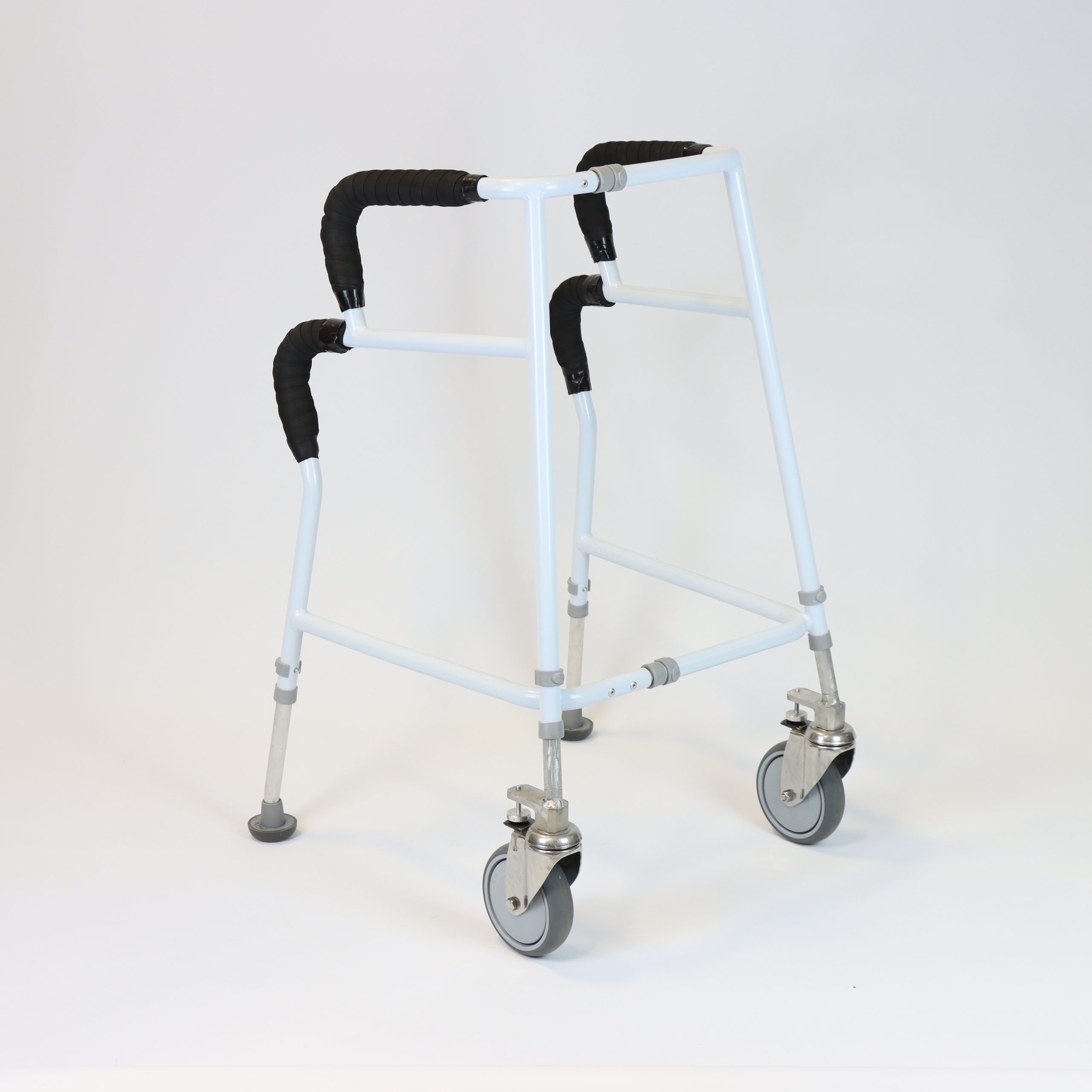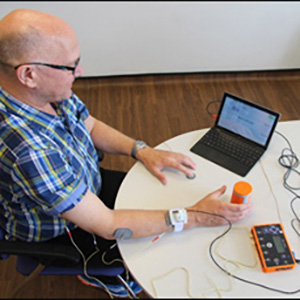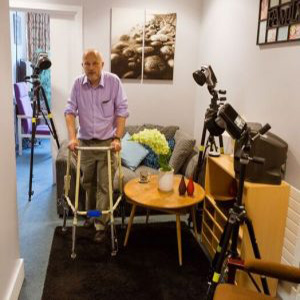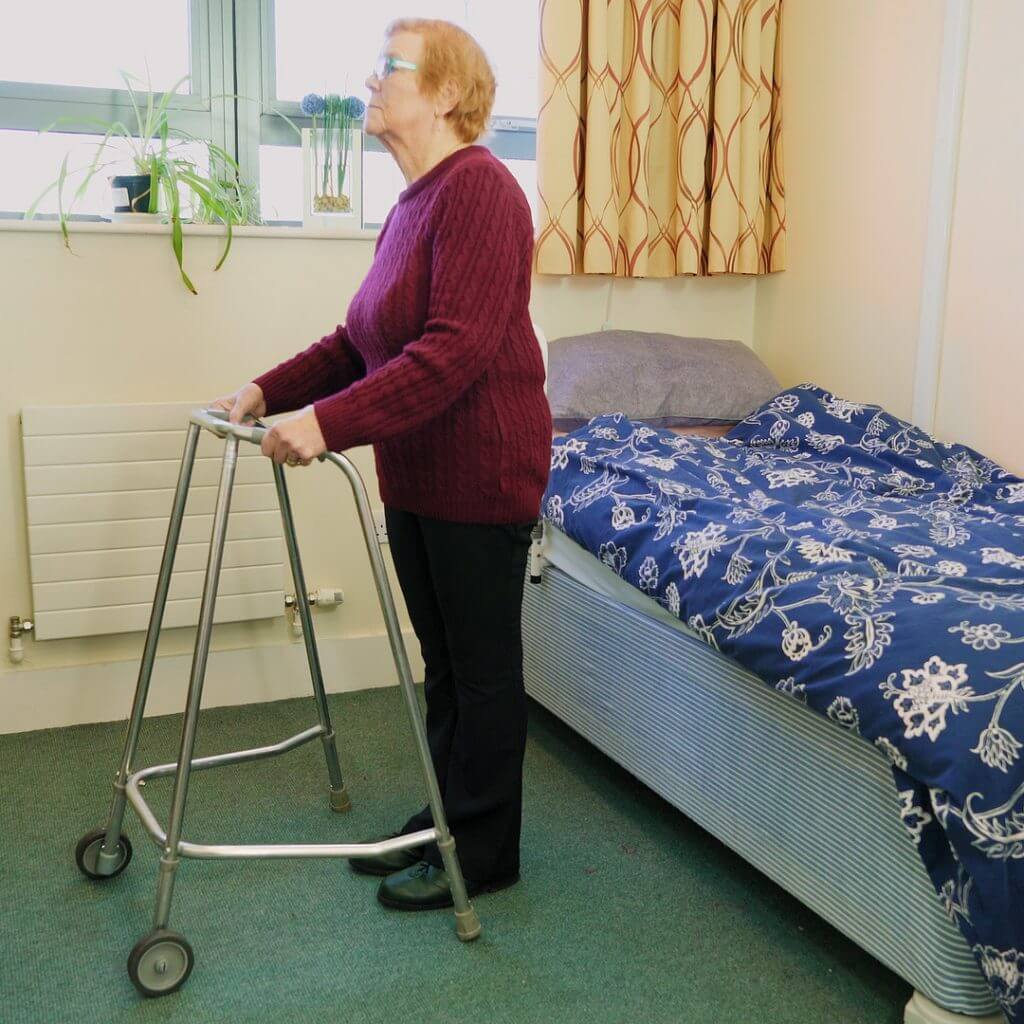Rehabilitation Technologies and Biomedical Engineering
Rehabilitation Technologies and Biomedical Engineering is a cross-school research group, jointly led by Professors Laurence Kenney (Health Sciences), David Howard (Science Engineering and the Environment) and Malcolm Granat (Health Sciences). We focus on the design and development of new rehabilitation technologies aimed at assisting functional movement, together with novel methods for their evaluation. Current areas of research include the design of a novel device to improve the control of upper limb prostheses and the design and evaluation of safer walking aids. In addition to many collaborations with teams in the UK (e.g., UCL, University of Manchester), we have a long-standing collaboration with Biomedical Engineers at Makerere University in Uganda focused on the development of upper limb prosthetic devices. Our research has led to patented designs, and a spin-out company in China which produces a functional electrical stimulation system for stroke rehabilitation. Follow links below to learn about specific projects:
To see the PGR’s that fall under this theme, click here



